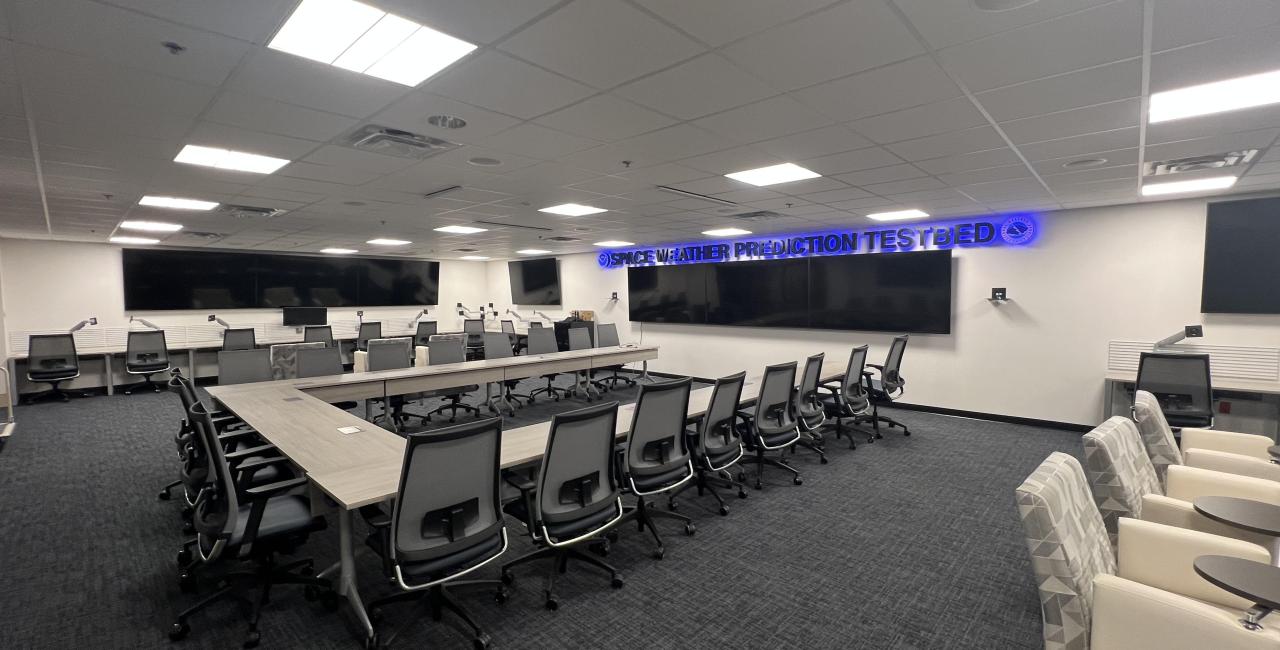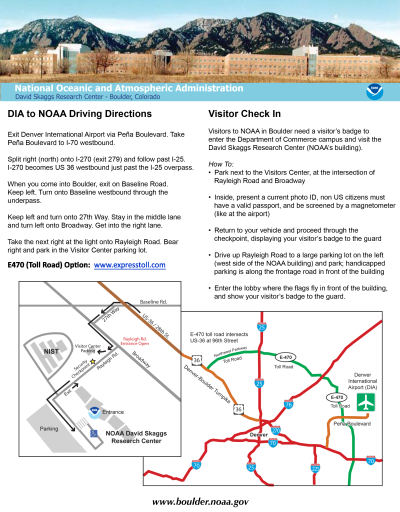
Overview
The Space Weather Prediction Testbed (SWPT) is pleased to announce an upcoming Space Weather Testbed Exercise in support of Human Space Exploration and the Artemis-II Mission. The exercise aims to strengthen collaboration among the NOAA Space Weather Prediction Center (SWPC), NASA’s Space Radiation Analysis Group (SRAG) and Moon to Mars Space Weather Analysis Office (M2M), the Department of Defense (DoD), commercial industry experts, and the academic research community. Together we will work to enhance preparedness for human space flight endeavors.
While the exercise will primarily focus on supporting the Artemis II Mission, it will also provide critical insights and advancements for broader human space flight missions. Participants will be able to explore and evaluate new space weather products and applications, contributing to the research-to-operations-to-research (R2O2R) transition process.
The exercise will focus on three major objectives:
(1) an evaluation of the University of Málaga Solar Particle Event Predictor (UMASEP) model for real-time solar energetic particle (SEP) forecasting in support of SWPC’s proton Warning and Alert products.
(2) a demonstration of new Geostationary Operational Environmental Satellite (GOES) space weather products including: an automated flare location product from the GOES Solar Ultraviolet Imager (SUVI); heavy ion measurements from the GOES Energetic Heavy Ion Sensor (EHIS); and alpha particle observations from the GOES Solar and Galactic Proton Sensor (SGPS).
(3) the simulation of a solar radiation storm to exercise the roles of NOAA SWPC forecasters, NASA Space Radiation Analysis Group (SRAG) console operators, and NASA Moon-to-Mars (M2M) analysts during the upcoming Artemis II Mission.
During the exercise, small groups of participants will collaboratively work through a simulated radiation storm scenario and evaluate space weather products. Each group will consist of a SWPC forecaster, a SRAG console operator, and a M2M analyst, alongside a mix of researchers and developers from academia, industry, and DoD who are developing relevant models and applications and/or involved with human space flight related operations.
The exercise will be conducted as follows
- Duration: Each exercise will span 2.5 days
- Dates: The exercise will be repeated over consecutive weeks to maximize engagement:
- Week 1: April 29th to May 1st, 2025
- Week 2: May 6th to May 8th, 2025
- Format: The exercises will be conducted in person.
- Location: Space Weather Prediction Center (SWPC) in Boulder, Colorado.
Specific goals we want from the exercise:
- Building new and strengthening existing relationships with our core partners (SRAG, M2M, CCMC, DoD, research/academia, commercial industry, etc.) to achieve a common understanding of operational needs and capabilities that can be provided by research and development
- Determine the ability to improve forecast timeliness and confidence of SEP event threshold crossing via evaluation of the UMASEP model, a new SUVI flare location product, GOES EHIS heavy ion and SGPS Alpha particle data, and other new capabilities that we want to transfer to operations and release to users
- Obtain a clearer understanding of how SWPC, SRAG, M2M and the DoD (ex. - 45th Weather Squadron) work together during Artemis-II mission support, and the role of the SWPC forecaster when embedded with SRAG
- Test SWPC internal practices and how SWPC can improve coordination with space environment partners to better understand their threshold requirements, and identify mechanisms to support those requirements
- Showcase the ability to perform displaced real-time Space Weather Prediction Testbed exercises to improve the R2O2R process
How we plan to achieve those goals:
- In-person interagency participation at each forecast desk within the Space Weather Prediction Testbed to foster communication and understanding amongst participants, including blending operations and research to foster O2R feedback
- Displaced real-time demonstration of UMASEP and other capabilities using a number of diverse space weather events
- Simple centralized location to gather anonymous feedback continuously (via web portal)
- In-depth daily debriefs on product performance and decision making processes
- Presentations from participating partners and researchers
A glossary of terms that we will be using during the exercise can be found here.
How to get to SWPC:

Local information (hotels, restaurants, things to do): https://www.bouldercoloradousa.com/
- Hotel Information:
- Week 1: There is a block of rooms available at the Fairfield Inn & Suites. Register using the following link. The block of rooms is available to register until April 14th, but there should still be some availability after that if needed.
- Week 2: There is a block of rooms available at the Hampton Inn & Suites. Register using the following link. The block of rooms is available to register until April 11th. NOTE: May 8th is University of Colorado’s commencement, so hotel availability is limited. We recommend booking sooner than later.
- Restaurants Nearby: